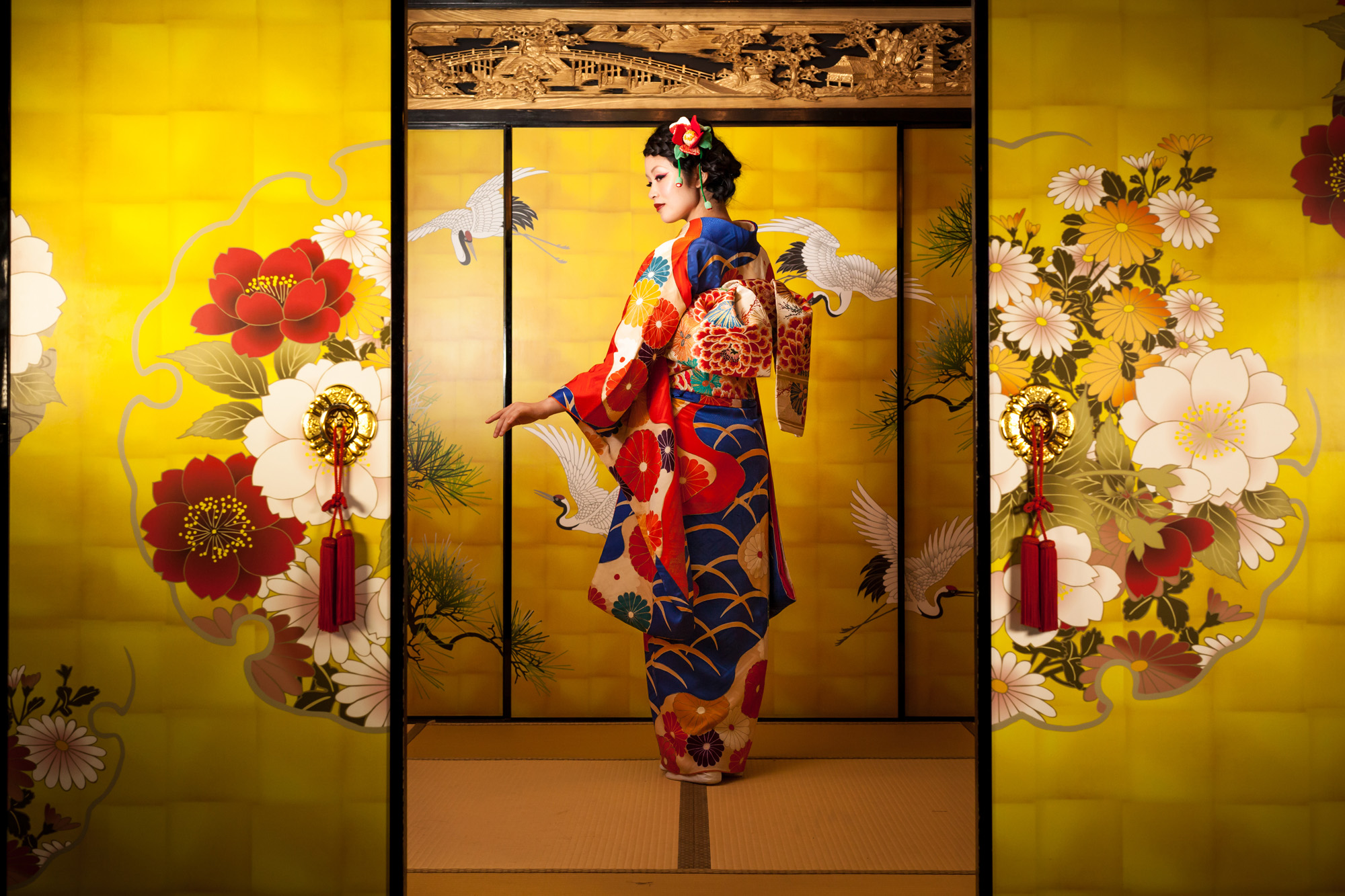Is it "racist" for non-Japanese to wear kimono? That question has been fiercely debated since protesters entered Boston's Museum of Fine Arts in late June to decry an exhibition encouraging visitors to try on a red uchikake kimono in front of a 1876 painting by Claude Monet of his wife wearing a similar garment.
The original protesters — who, though not Japanese, identified as Asian-American — said the museum was perpetuating a racist stereotype that exoticized Asian culture. That stereotype has its roots in the colonial era, when Europeans viewed non-Western cultures as an oversimplified selection of traits in a way that dehumanized them — known by cultural theorists as an "Orientalist" perspective.
The museum stopped allowing visitors to try on the kimono but continued allowing them to touch it. By July 16, protests had increased and become part of a wider advocacy movement protesting modern Orientalism on social media through the hashtag #whitesupremacykills on Twitter and "Stand Against Yellow Face" Facebook group.


















With your current subscription plan you can comment on stories. However, before writing your first comment, please create a display name in the Profile section of your subscriber account page.